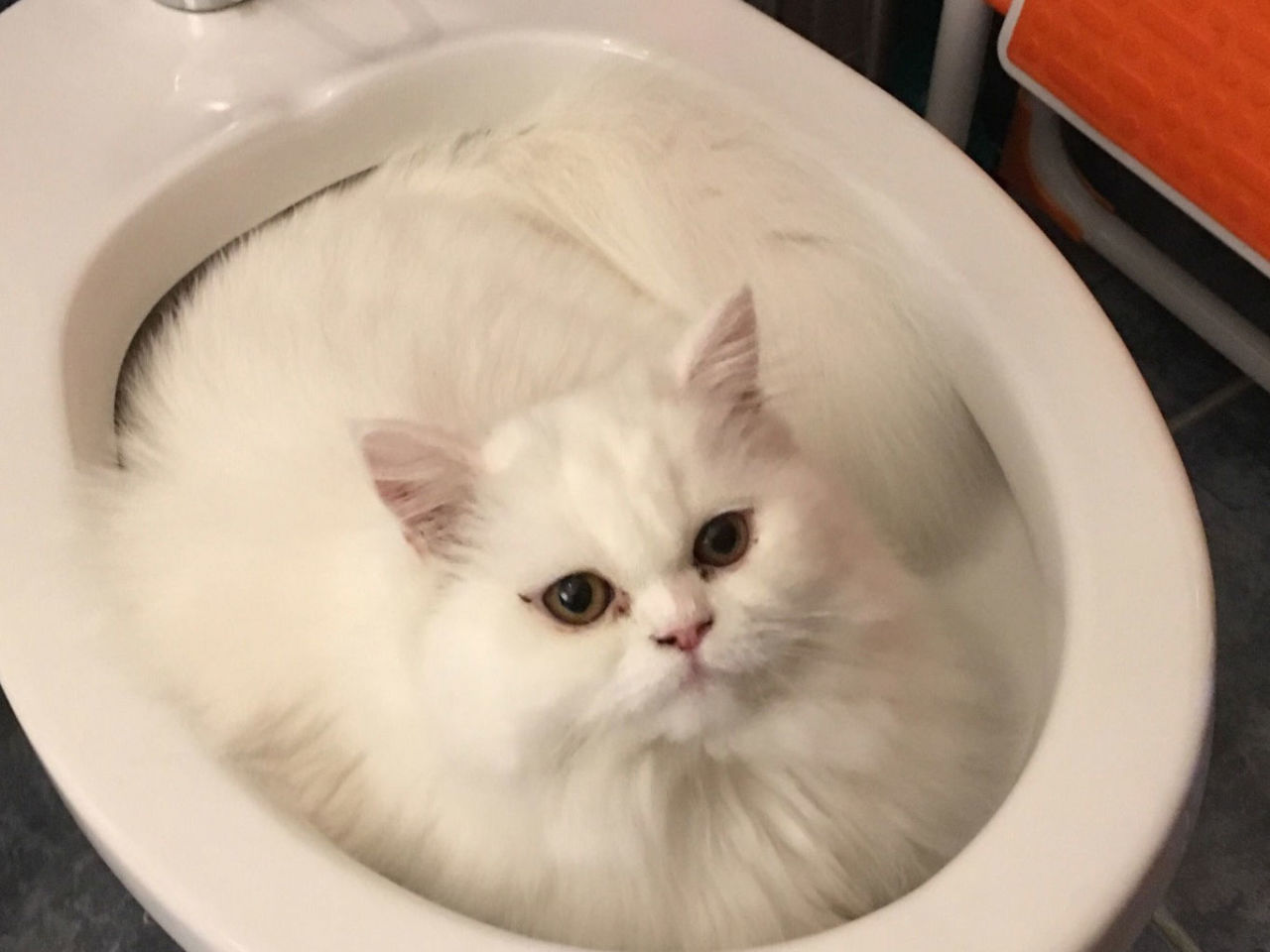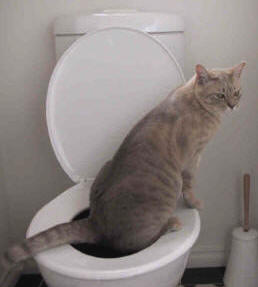Why Flushing Cat Poop Down Your Toilet Can Cause Problems - Tips for Safe Disposal
Why Flushing Cat Poop Down Your Toilet Can Cause Problems - Tips for Safe Disposal
Blog Article
This great article which follows in relation to Don’t flush cat feces down the toilet is rather remarkable. Don't miss it.

Intro
As cat proprietors, it's vital to bear in mind how we throw away our feline close friends' waste. While it may seem practical to purge pet cat poop down the commode, this practice can have detrimental consequences for both the setting and human health and wellness.
Environmental Impact
Purging cat poop presents dangerous microorganisms and parasites right into the supply of water, positioning a significant danger to water environments. These pollutants can adversely affect marine life and compromise water top quality.
Wellness Risks
In addition to ecological issues, purging feline waste can also pose health and wellness risks to humans. Pet cat feces might consist of Toxoplasma gondii, a bloodsucker that can create toxoplasmosis-- a potentially serious disease, specifically for expecting females and individuals with weakened immune systems.
Alternatives to Flushing
Thankfully, there are much safer and extra responsible methods to throw away feline poop. Think about the following choices:
1. Scoop and Dispose in Trash
The most usual method of taking care of pet cat poop is to scoop it into a biodegradable bag and toss it in the trash. Be sure to make use of a specialized clutter scoop and take care of the waste promptly.
2. Use Biodegradable Litter
Select biodegradable cat clutter made from products such as corn or wheat. These trashes are eco-friendly and can be securely dealt with in the garbage.
3. Hide in the Yard
If you have a yard, think about hiding cat waste in an assigned location far from veggie yards and water sources. Make sure to dig deep adequate to avoid contamination of groundwater.
4. Set Up a Pet Waste Disposal System
Purchase a pet waste disposal system specifically created for cat waste. These systems make use of enzymes to break down the waste, reducing odor and ecological impact.
Final thought
Accountable animal possession expands beyond giving food and shelter-- it likewise includes proper waste monitoring. By refraining from purging cat poop down the commode and selecting alternate disposal approaches, we can lessen our ecological impact and shield human health and wellness.
Why Can’t I Flush Cat Poop?
It Spreads a Parasite
Cats are frequently infected with a parasite called toxoplasma gondii. The parasite causes an infection called toxoplasmosis. It is usually harmless to cats. The parasite only uses cat poop as a host for its eggs. Otherwise, the cat’s immune system usually keeps the infection at low enough levels to maintain its own health. But it does not stop the develop of eggs. These eggs are tiny and surprisingly tough. They may survive for a year before they begin to grow. But that’s the problem.
Our wastewater system is not designed to deal with toxoplasmosis eggs. Instead, most eggs will flush from your toilet into sewers and wastewater management plants. After the sewage is treated for many other harmful things in it, it is typically released into local rivers, lakes, or oceans. Here, the toxoplasmosis eggs can find new hosts, including starfish, crabs, otters, and many other wildlife. For many, this is a significant risk to their health. Toxoplasmosis can also end up infecting water sources that are important for agriculture, which means our deer, pigs, and sheep can get infected too.
Is There Risk to Humans?
There can be a risk to human life from flushing cat poop down the toilet. If you do so, the parasites from your cat’s poop can end up in shellfish, game animals, or livestock. If this meat is then served raw or undercooked, the people who eat it can get sick.
In fact, according to the CDC, 40 million people in the United States are infected with toxoplasma gondii. They get it from exposure to infected seafood, or from some kind of cat poop contamination, like drinking from a stream that is contaminated or touching anything that has come into contact with cat poop. That includes just cleaning a cat litter box.
Most people who get infected with these parasites will not develop any symptoms. However, for pregnant women or for those with compromised immune systems, the parasite can cause severe health problems.
How to Handle Cat Poop
The best way to handle cat poop is actually to clean the box more often. The eggs that the parasite sheds will not become active until one to five days after the cat poops. That means that if you clean daily, you’re much less likely to come into direct contact with infectious eggs.
That said, always dispose of cat poop in the garbage and not down the toilet. Wash your hands before and after you clean the litter box, and bring the bag of poop right outside to your garbage bins.
https://trenchlesssolutionsusa.com/why-cant-i-flush-cat-poop/

We had been brought to that editorial about How to Dispose of Cat Poop and Litter Without Plastic Bags through a friend on another web blog. Sharing is nice. Helping others is fun. Thanks so much for your time spent reading it.
Call Today Report this page